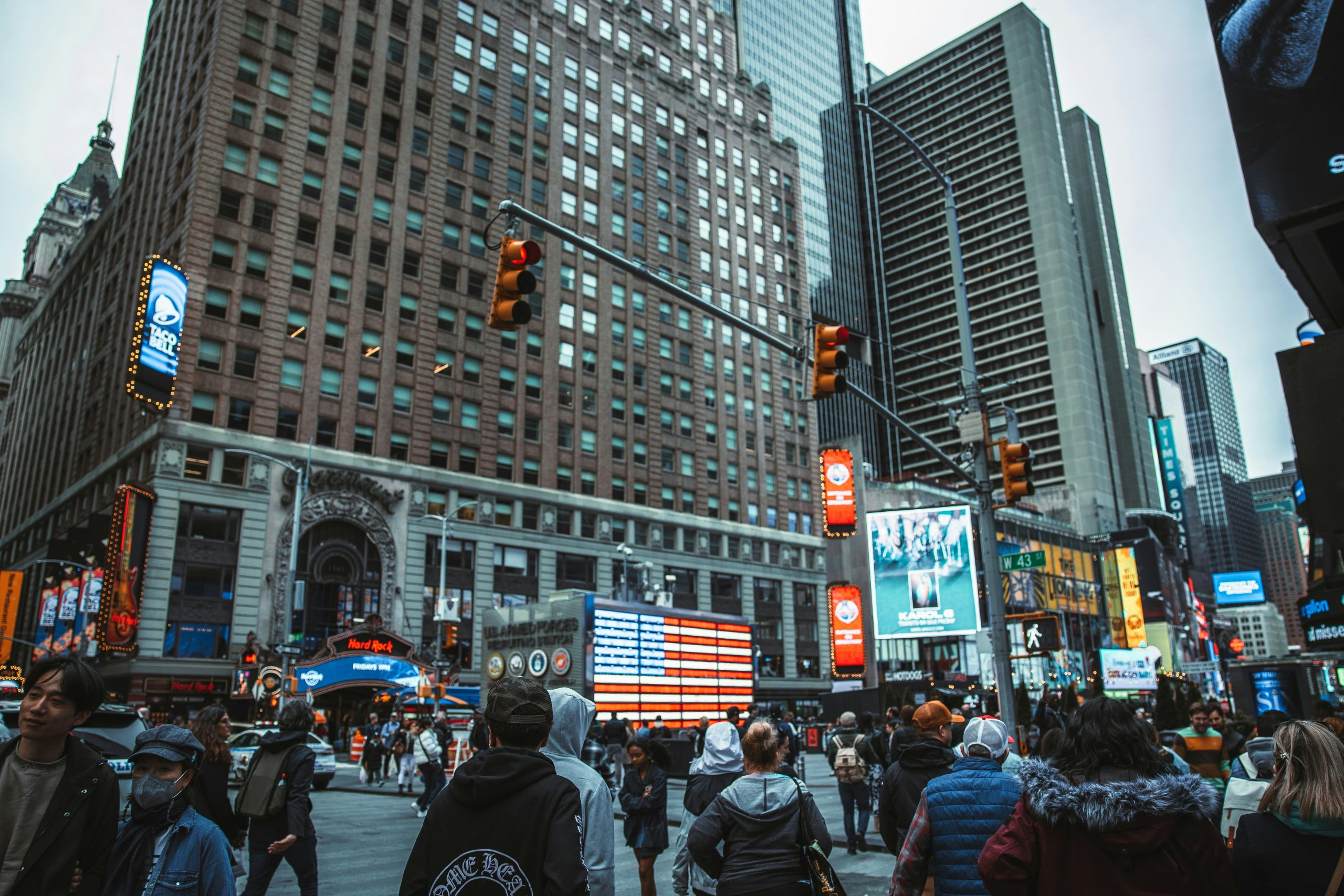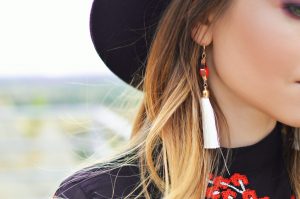Inclusive models diversifying brand marketing campaigns
Diversity and inclusivity have become buzzwords in the world of marketing, and for good reason. In today’s highly competitive market, it is crucial for brands to appeal to a diverse audience in order to stay relevant and stand out from the crowd. This includes not only diverse demographics, but also diversity in terms of gender, body type, ethnicity, and more. One way that brands are achieving this is by incorporating inclusive models in their marketing campaigns. In this article, we will explore how inclusive models are diversifying brand marketing campaigns and the impact they are having on the industry.
The Power of Inclusive Marketing
Inclusive marketing refers to campaigns and strategies that appeal to a wide range of people, regardless of their age, race, gender, or any other factor. It embraces diversity and actively seeks to include different perspectives and voices in the conversation. The benefits of inclusive marketing are numerous, and they can have a significant impact on a brand’s success.
Inclusivity Reflects the Real World
One of the main reasons why inclusive marketing is so important is that it reflects the real world. By using a diverse range of models in their campaigns, brands are showing that they understand and value their audience. This can help them connect with customers on a deeper level and build trust and loyalty. In a society that is becoming increasingly diverse, it is essential for brands to acknowledge and celebrate this diversity in their marketing efforts.
Makes Brands More Relatable
Inclusive marketing has the power to make brands more relatable to their target audience. By showcasing people from different backgrounds and walks of life, brands are able to show that they understand and cater to the needs and desires of a diverse demographic. This can help them build a stronger emotional connection with their audience and increase their chances of success.
The Rise of Inclusive Models
The fashion and beauty industry, in particular, has been notorious for its lack of diversity and inclusion. However, in recent years, there has been a significant shift towards more inclusive and diverse representation in advertising campaigns.
Breaking Beauty Standards
The beauty industry has long been criticized for promoting a narrow and unrealistic standard of beauty. However, with the rise of inclusive models, brands are challenging these traditional standards and celebrating beauty in all its forms. Plus-size, transgender, and disabled models are now breaking into the mainstream, thanks to brands who are using them in their marketing campaigns.
Representation Matters
Inclusive models are more than just a marketing trend; they are a representation of the real world and the diverse populations that make it up. This representation is crucial, especially for marginalized communities who have often been left out of mainstream media. When brands use inclusive models, they are not only showing that they value diversity, but they are also giving a voice to those who have long been ignored.
Impact on the Industry
The use of inclusive models has had a significant impact on the fashion and beauty industry, as well as other industries that have embraced this trend.
Increased Sales and Brand Loyalty
Brands who have embraced inclusive models have seen a positive impact on their sales and brand loyalty. By appealing to a wider range of customers, they are able to tap into new markets and increase their customer base. In addition, the use of inclusive models can also lead to a more loyal customer base, as customers feel represented and seen by the brand.
Reframing Beauty Standards
The representation of diverse models in advertising campaigns has also led to a shift in beauty standards. Rather than conforming to a specific ideal, beauty is now being celebrated in all its forms, challenging the traditional beauty standards that have long been perpetuated by the media. This has a positive impact on individuals’ self-esteem and self-acceptance, as well as promoting a more accepting society.
The Future of Inclusive Models
The use of inclusive models in marketing campaigns is not just a passing trend; it is here to stay. As brands continue to recognize the importance of diversity and inclusivity, we can expect to see more and more campaigns featuring a diverse range of models. This will not only benefit brands, but it will also have a positive impact on society as a whole.
Challenging Societal Norms
Inclusive models have the power to challenge and break down societal norms and stereotypes. By featuring models from different backgrounds and with different identities, brands are promoting a more inclusive and accepting society. This can have a ripple effect and encourage other industries to follow suit.
A More Authentic Approach
By using inclusive models, brands are conveying the message that they are authentic and genuine in their efforts to connect with their audience. Rather than just paying lip service to diversity and inclusivity, these brands are taking concrete actions to promote inclusivity in their marketing campaigns. This resonates with customers and helps build trust and loyalty over time.
In conclusion, the use of inclusive models is transforming the marketing landscape and challenging societal norms. By embracing diversity and inclusivity, brands are able to connect with a wider audience and make a positive impact on society. As we move towards a more diverse and inclusive world, it is important for brands to continue incorporating inclusive models in their marketing campaigns and promoting a more accepting and inclusive society.










